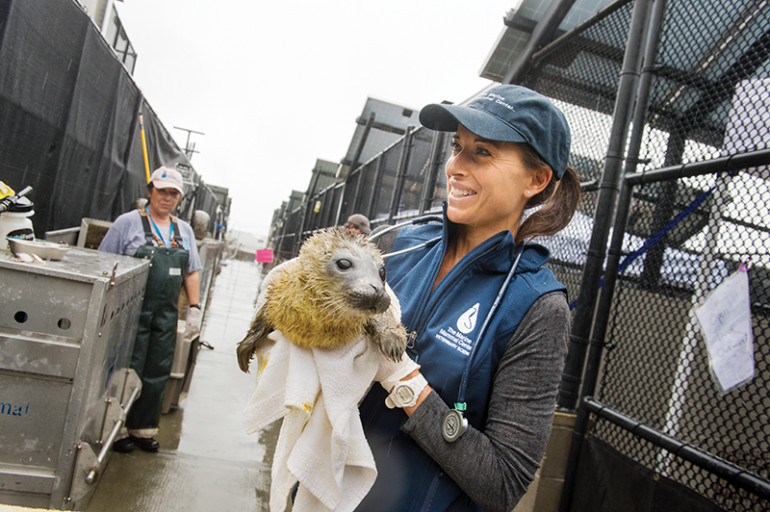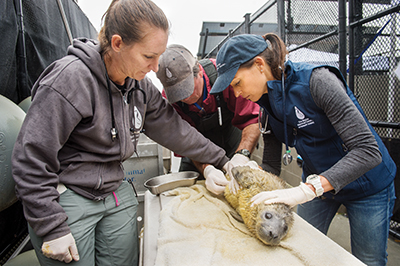
AFTER A CHILDHOOD surrounded by animals (11 cats and two tortoises) and careers in investment banking and fashion design, Sophie Guarasci has found her passion — caring for sick and injured animals.
This is your third career?
And my last. I’ve found what I love doing.
How did you end up here?
I started volunteering here 12 years ago and I got so into it that I did a vet tech internship. Now, I am a licensed veterinary technician, an LVT.
How did you discover the Marine Mammal Center?
I was always fascinated with marine mammals, so I found it online. When I came here while on vacation and saw volunteers working here, I said, “Wow, I really want to do that!”
You lived in London then?
Yes, but my husband was offered a job in the U.S. and two of the places we could come were L.A. or San Francisco and I really pushed for San Francisco because I wanted to come to the Marine Mammal Center and volunteer.
How has the work changed since you started?
Every year we get more animals. The last three years have been particularly bad. Last year was a record year. We had more than 1,800 animals that we brought in. We’re seeing species that we didn’t see before, like Guadalupe fur seals coming up from Mexico. The pattern with warming waters is having a big effect.
What are the main reasons animals come in?
A lot of it is malnutrition, starving pups. Another one is domoic acid, the same toxin that affected the Dungeness crab. It causes brain damage in California sea lions. They have seizures and can develop epilepsy.
What else?
A lot of the things we see are human-related. We see animals that have been shot or entangled in fishing line and gill nets.
That must be hard.
We see a lot of suffering. Last year was a really difficult year because the animals that came in were in severe condition. You have to make hard decisions. At times we have to euthanize animals. It’s very tough to do.
You can’t save them all.
We really do our best because our main goal is to release them into the wild.
Returning a wild animal to nature must be gratifying.
It’s one of the most satisfying things we do. Everyone gets quite emotional. I know I do. I’ve seen hundreds of them released and I still get teary-eyed.
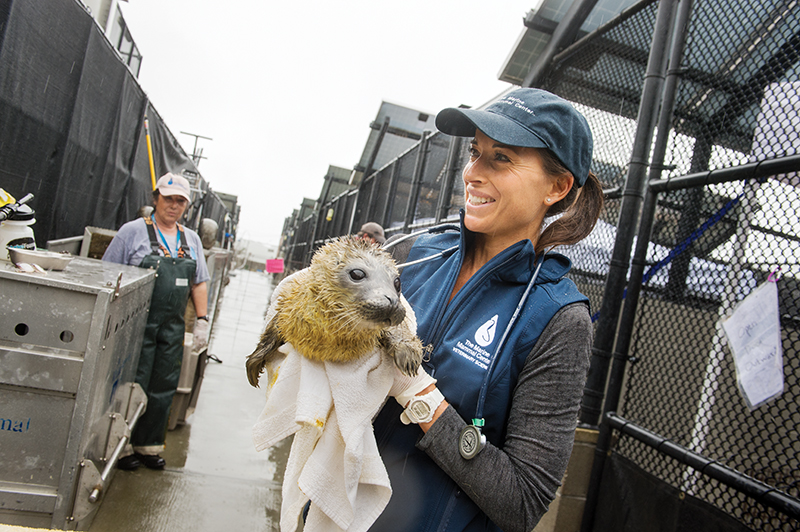
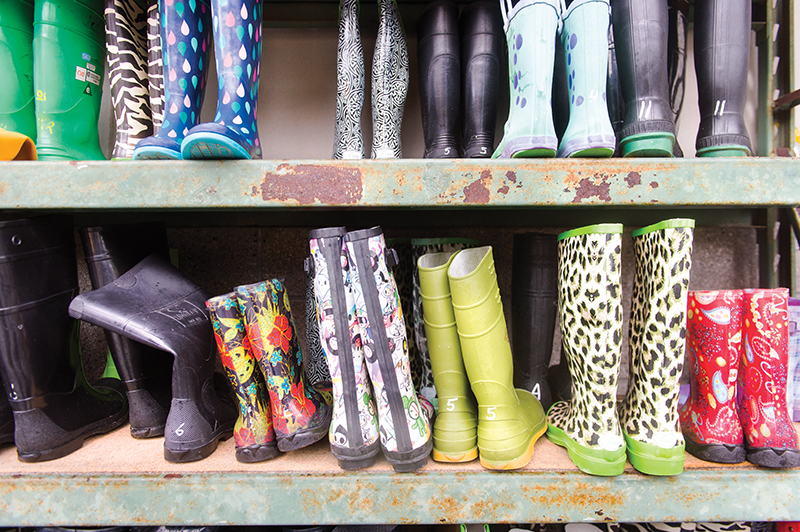
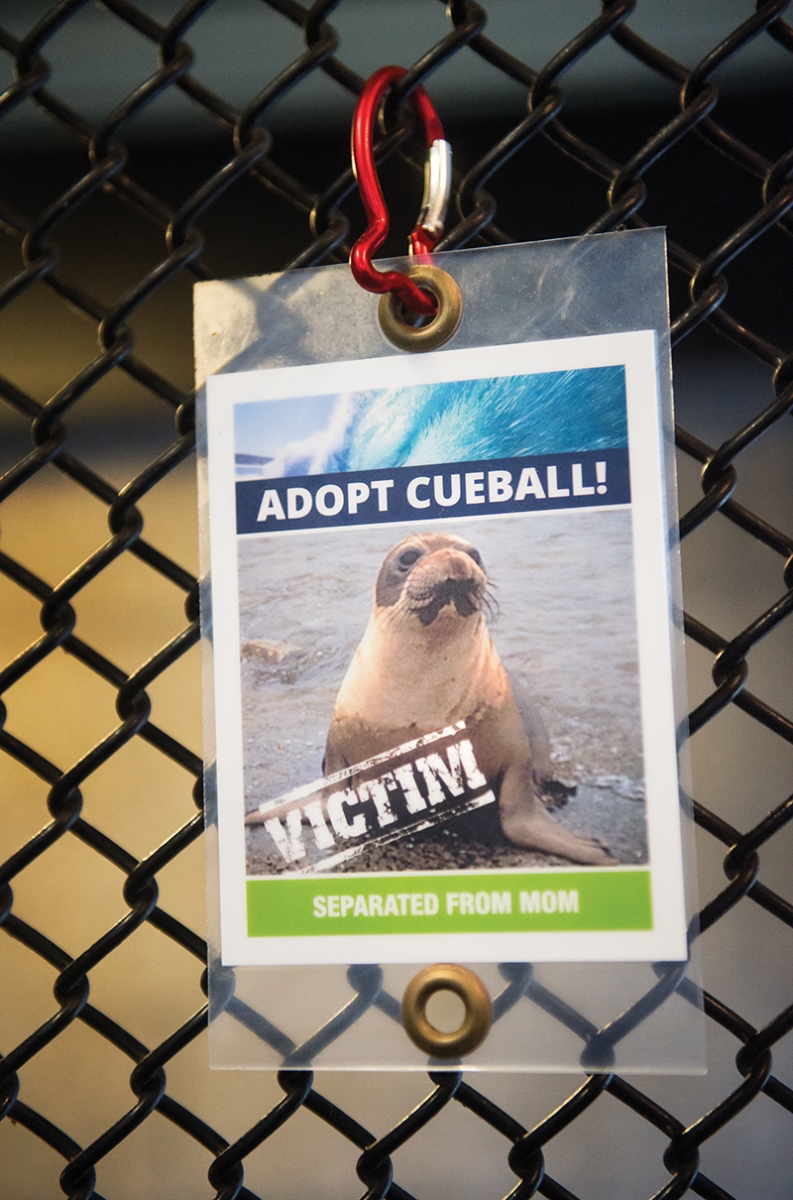
This article originally appeared in Marin Magazine’s print edition under the headline: “Sea Life Sanctuary.”

